
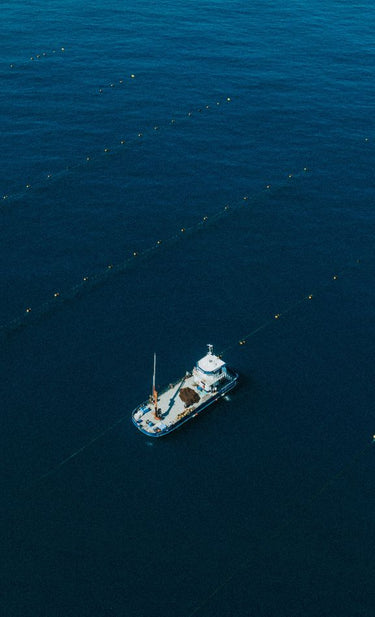
Born in the hatchery.
Grow in the open sea
farm in the Atlantic Ocean.
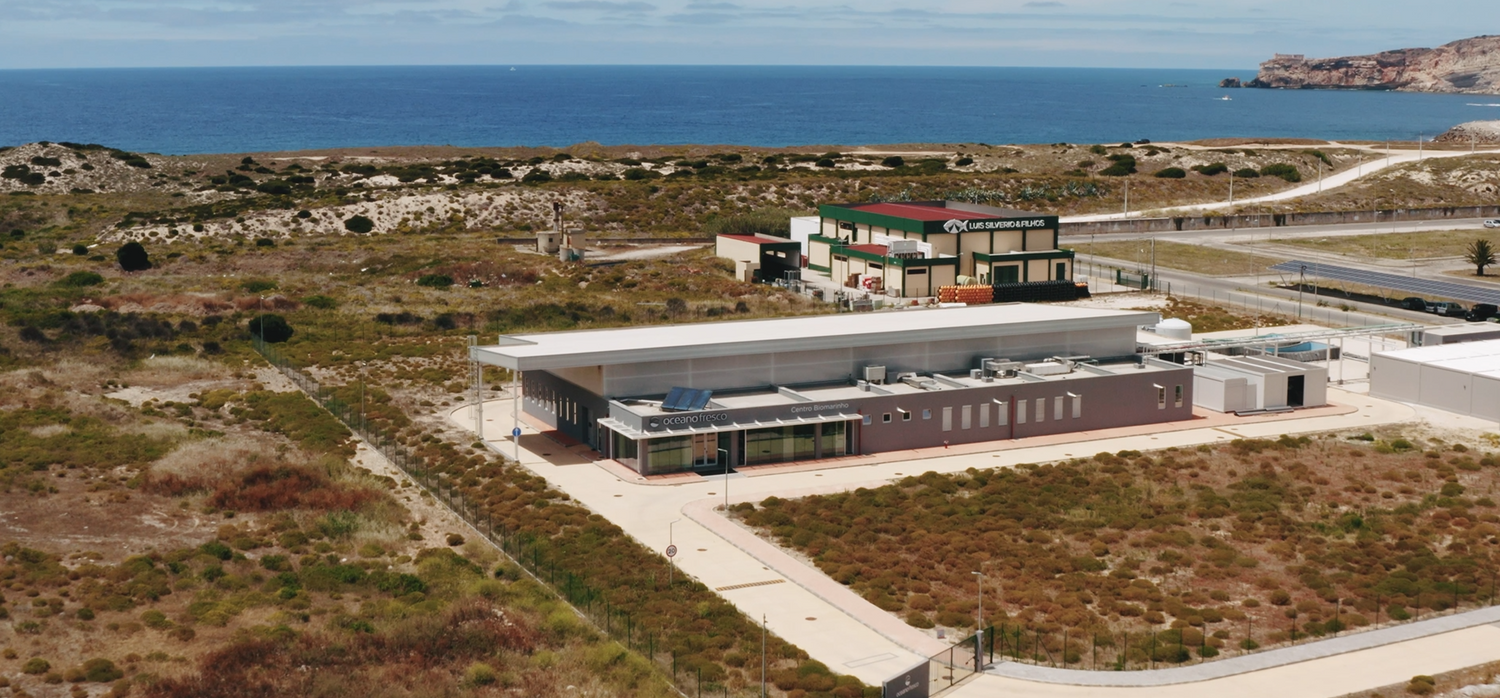
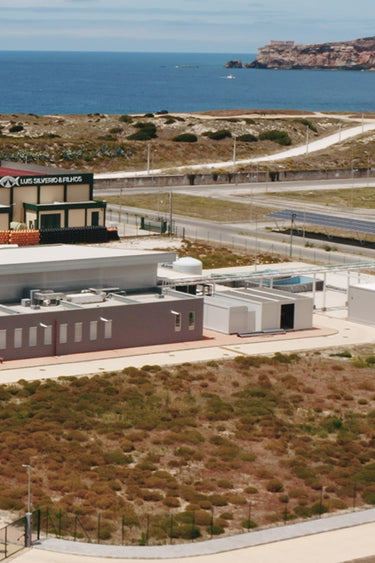
HATCHERY
State-of-the-art BioMarine centre, located in Nazaré.
Replicates the ideal conditions found in nature where bivalve reproduce according to their biological inclination and then grow until they reach the seed stage. This location benefits from access to a high-quality water thanks to the near shore high water renovation.
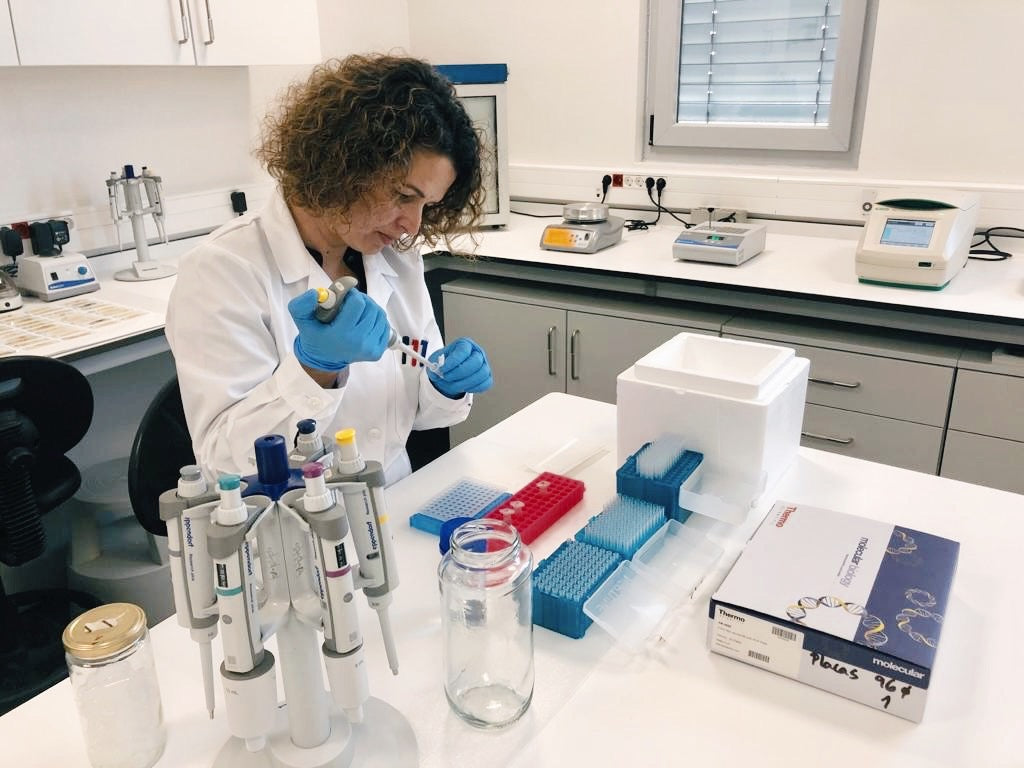
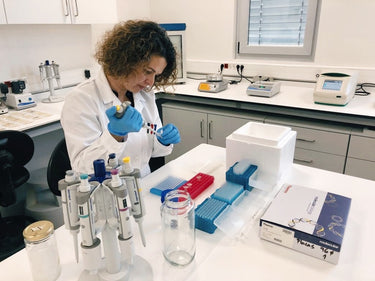
HATCHERY
Research & Development (R&D)
We develop R&D projects in the fields of cultivation, genetics and pathology. We apply a scientific selective breeding program on several species (Ruditapes decussatus, Venerupis corrugata and Ostrea edulis). We work in external collaboration with various universities, research centres and innovation partners in Portugal and around the world.
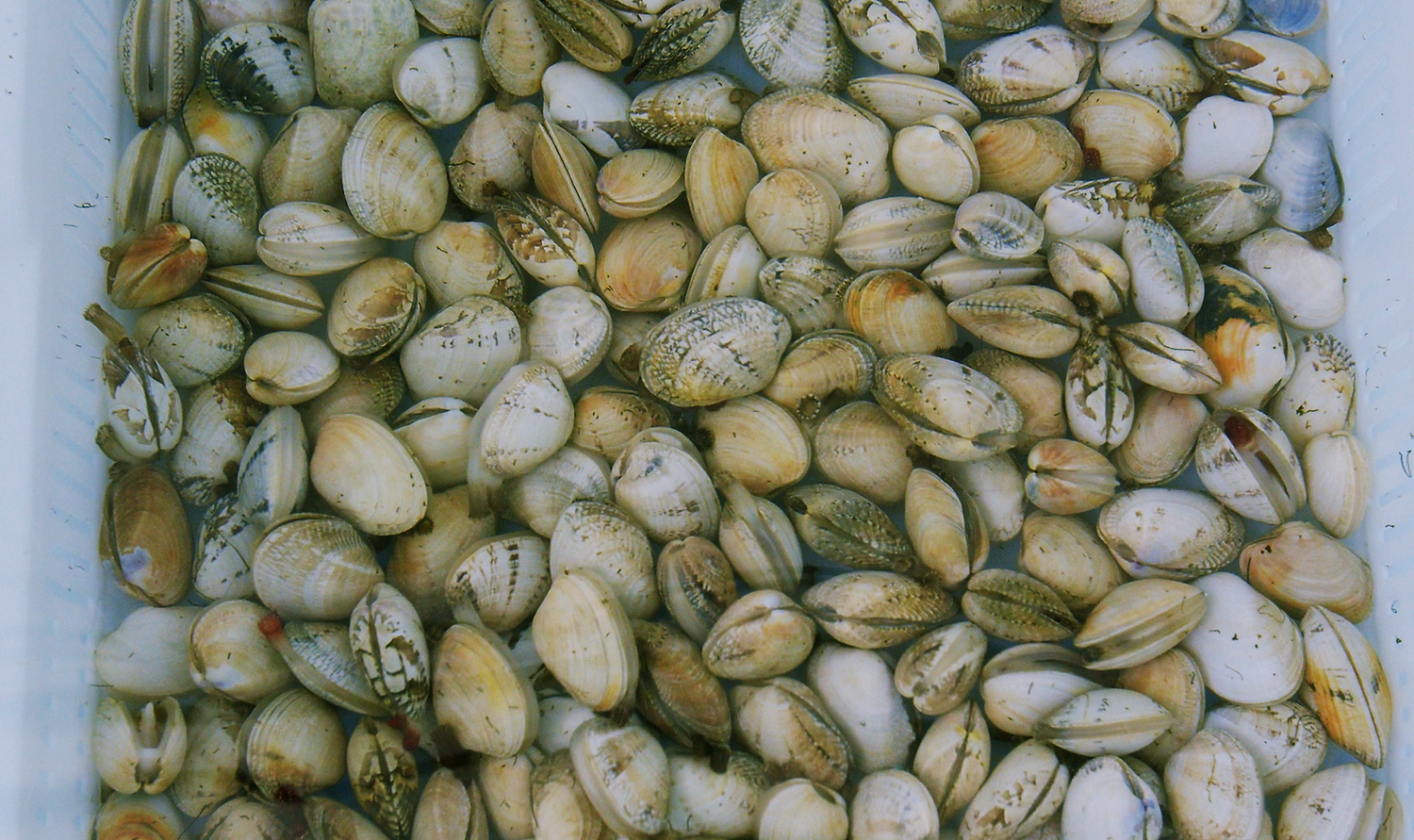
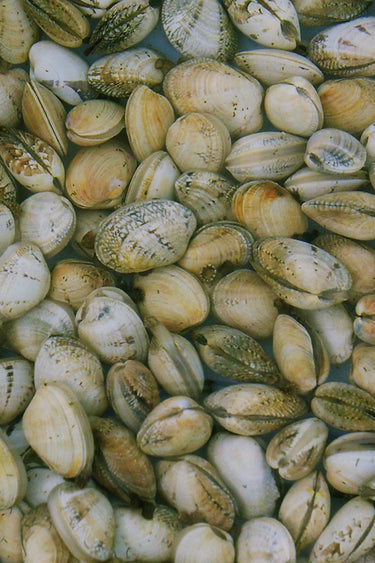
HATCHERY
Broodstock and spawning
The life cycle begins with the selection and conditioning of broodstock, from various sources and locations, including from our own open sea farm. Once ready, the spawning phase can begin with the spawn happening in the water and in large quantities.
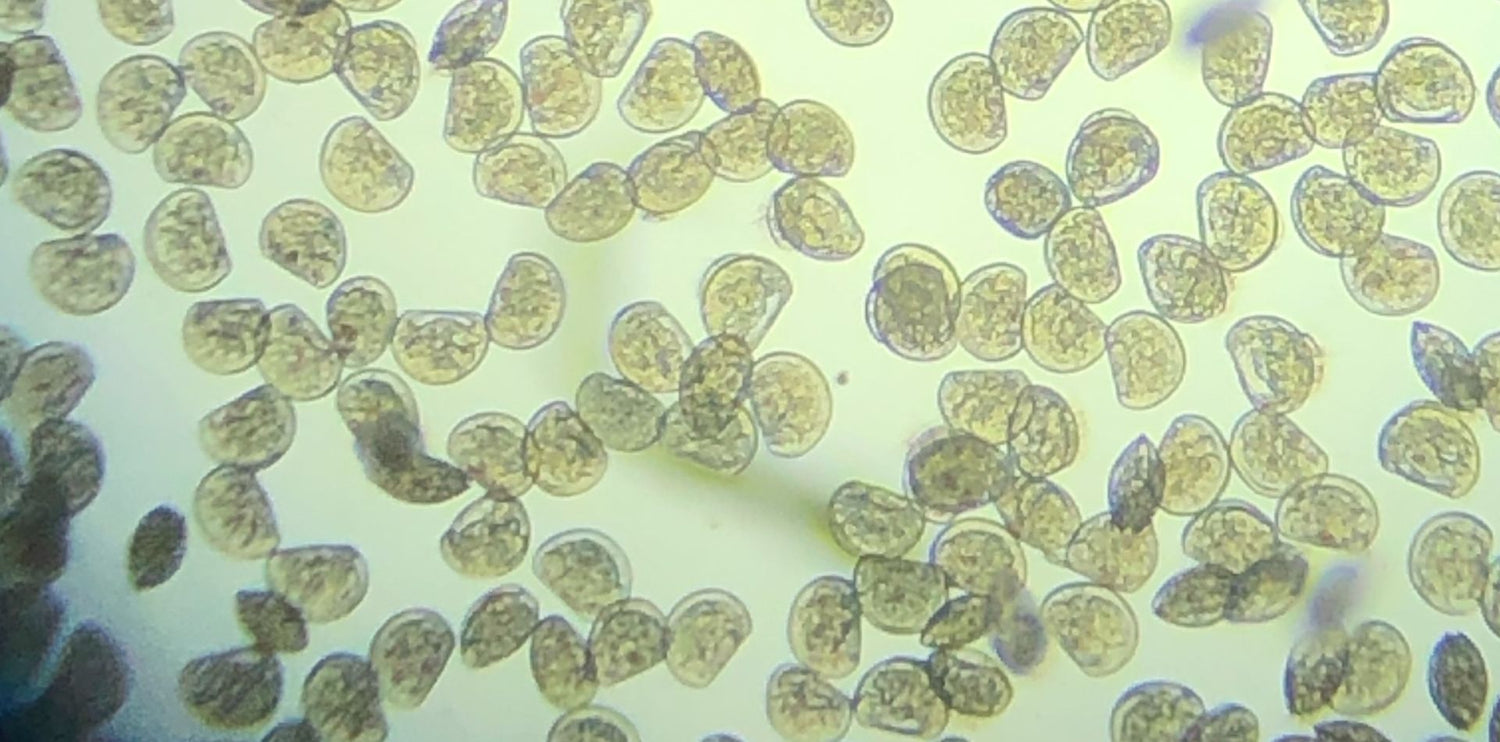
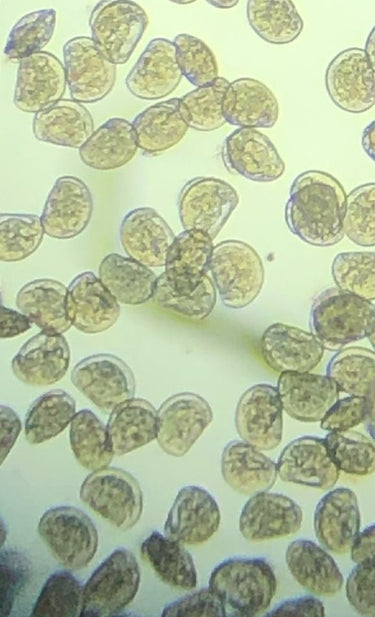
HATCHERY
Larvae to seed
This phase is critical and requires the technical know-how to control and assist in the transformation of larvae to seed. The metamorphosis includes the formation of the shell, syphons and a foot, in the case of clams.
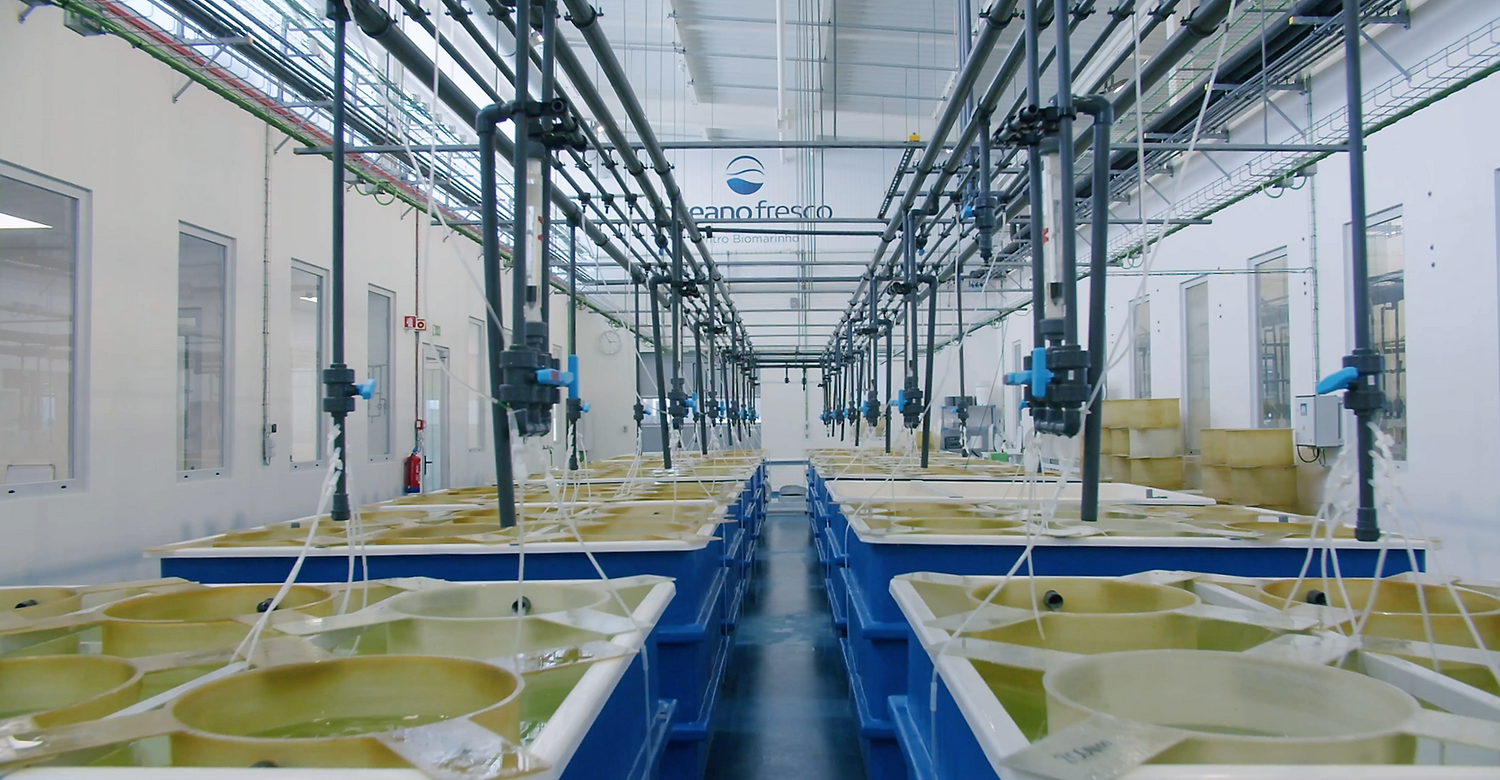
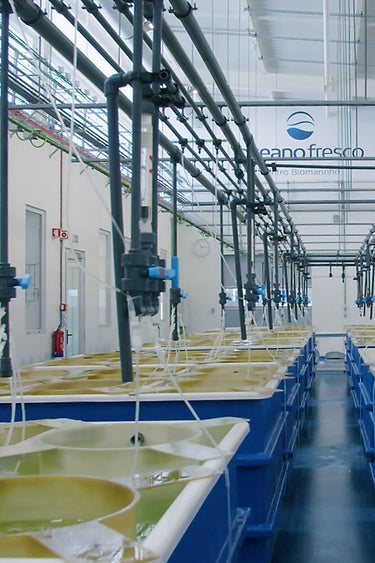
HATCHERY
Seed cultivation
The seeds grow in the hatchery in a controlled environment and in ideal conditions until they reach the desired seed size. We cultivate in a continuous process throughout the year.
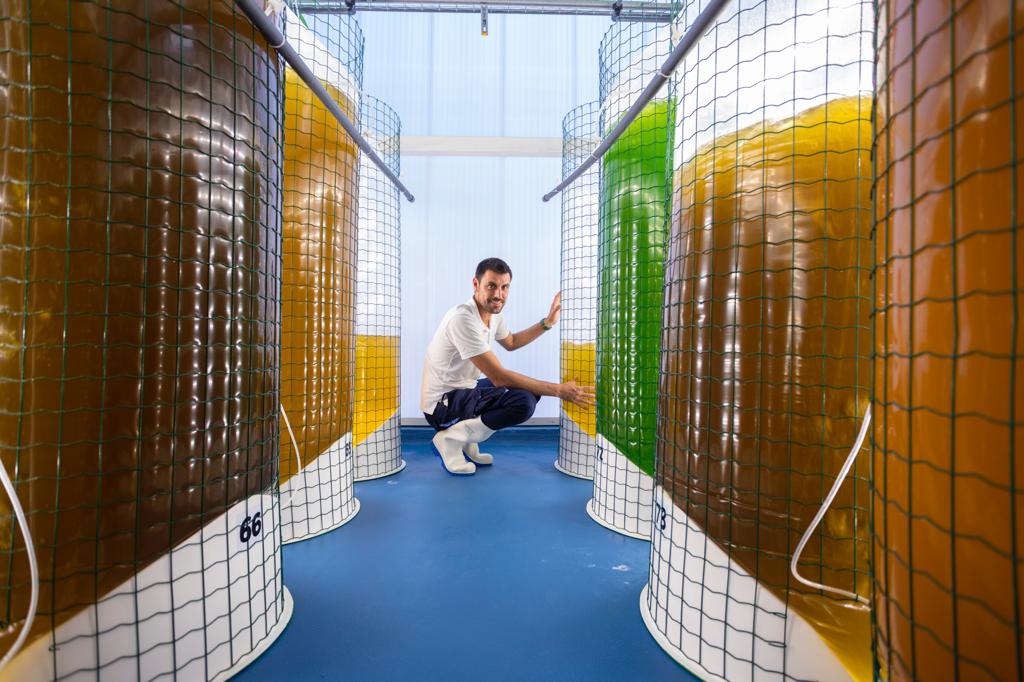

HATCHERY
Algae cultivation
Bivalves are exclusively fed with phytoplankton. We cultivate various algae species in our facilities, to ensure the best diet for broodstock, larvae and seed.
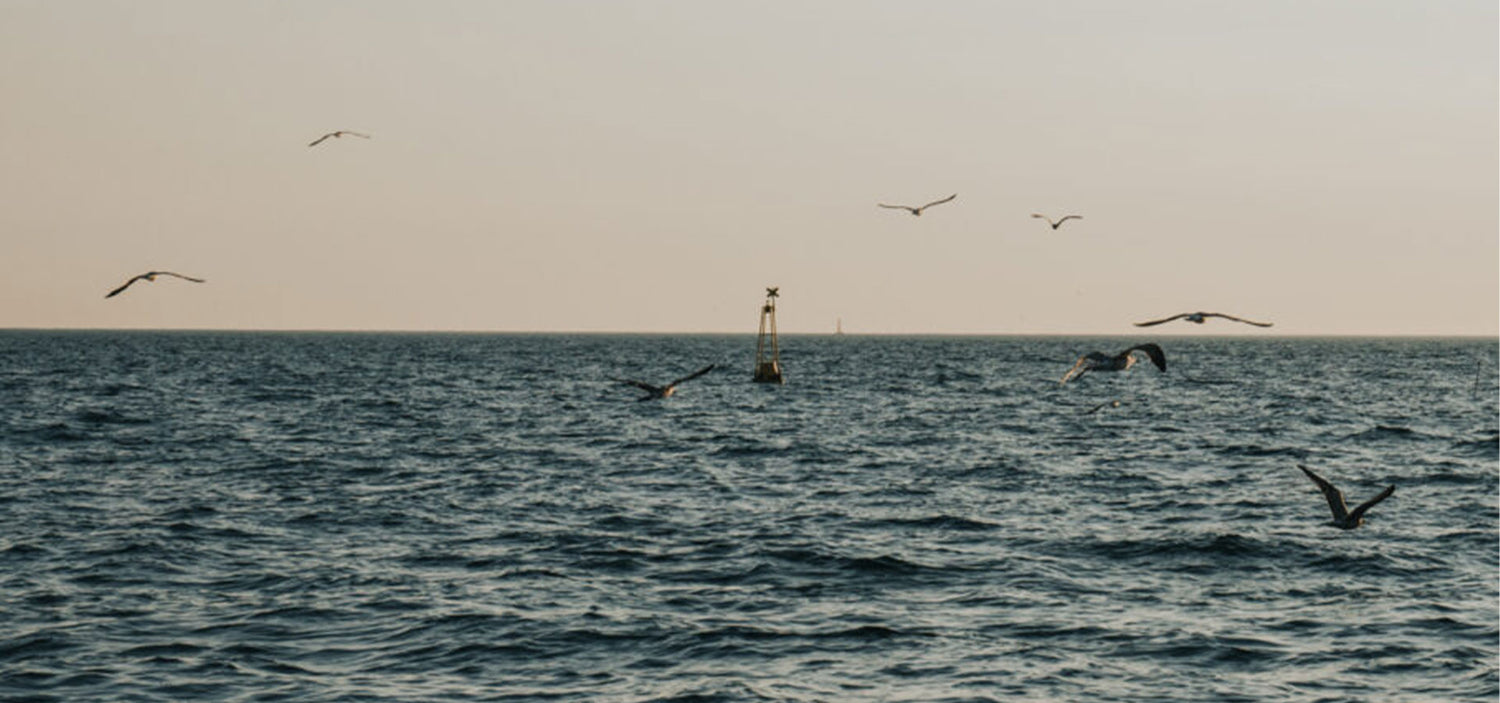
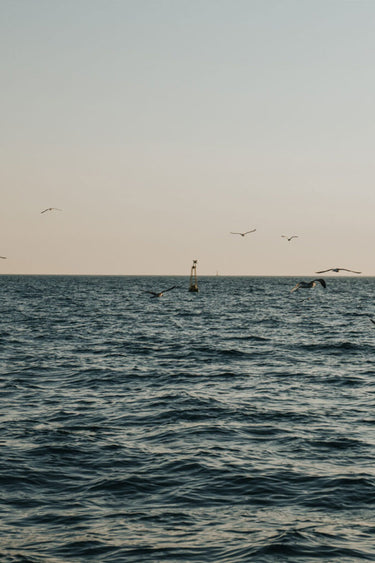
OPEN SEA FARM
Lagos, west Algarve
Located 3.5 nautical miles off the coast of Lagos, Algarve and with a 100-hectare area, allowing for a large-scale bivalve growout and all-year round harvest. The first open sea farm in the world to grow clams and a natural environment for flat oysters.


OPEN SEA FARM
Atlantic Ocean waters
The high-quality waters in our open sea farm have an official “Class A” classification by IPMA. This location benefits from mild water temperatures, abundant algae, constant water renewal, ideal for growing high-quality bivalves.
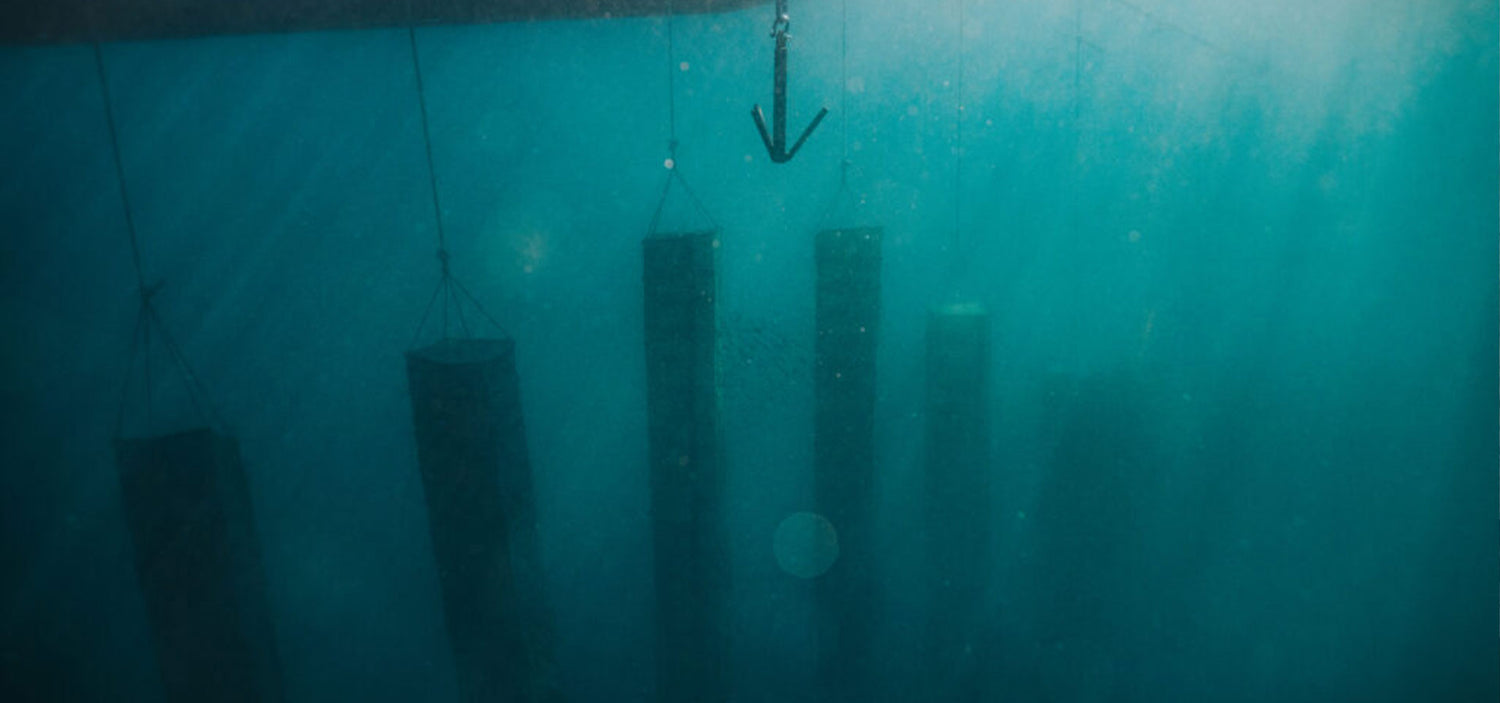
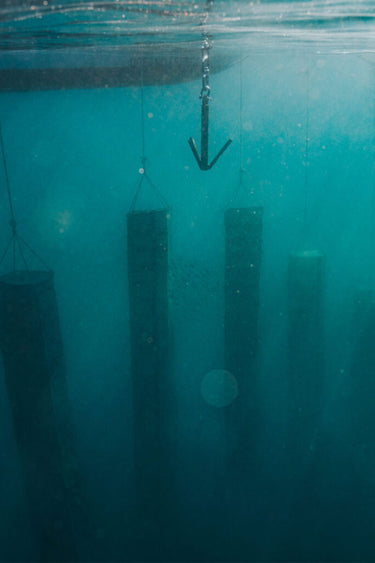
OPEN SEA FARM
Innovation in suspension farming for bivalves
We suspend our farming equipment along the longlines, creating a shelter for our bivalves to grow naturally submerged in the Atlantic Ocean. We invest continuously in farming R&D, both equipment and techniques, as we pioneer open sea farming for bivalves, most noticeably for clams.

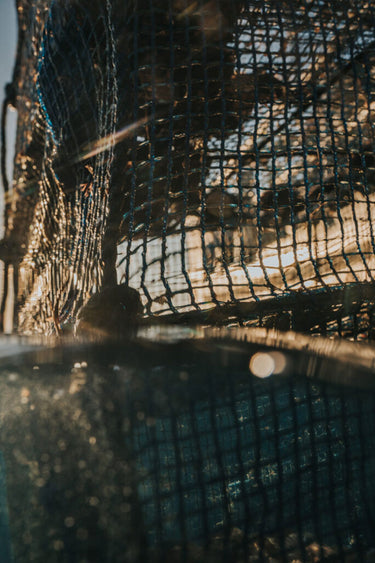
OPEN SEA FARM
Naturally available phytoplankton
Bivalves are exclusively fed with naturally available phytoplankton, abundant in our open-sea farm due to the upwelling in west Algarve. Unlike other sources of protein, producing bivalves does not require inputs like feed or antibiotics.

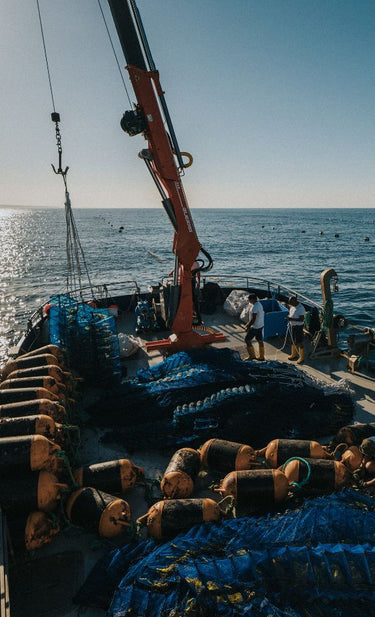
OPEN SEA FARM
Farming activities
The team carries out various daily activities on sea and land, where “boats are our tractors”. These activities include introductions, biofouling control, grading, sampling, equipment maintenance and harvesting.
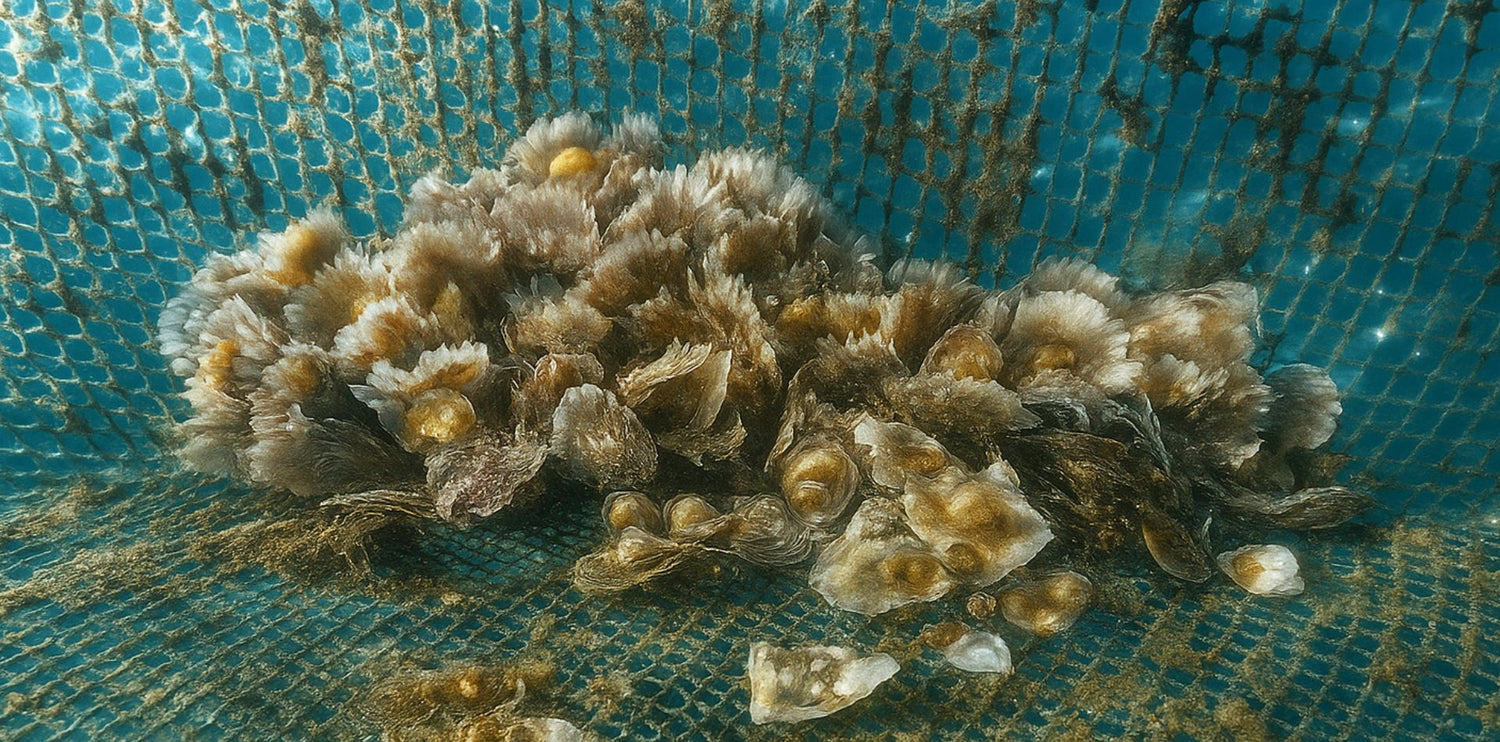

OPEN SEA FARM
All-year round farming
We can sow, cultivate and harvest all year round, while working with the environment and seasonality. Bivalves continue to grow even once they reach the minimum commercial sizes.
Life Cycle – Venerupis corrugata clam example
From spawning to adulthood.
The life cycle begins in the hatchery in Nazaré.
The first step is the conditioning and spawning of the broodstock.
The second step is larval cultivation until metamorphosis.
The third step is seed cultivation in the hatchery and later in the nursery and farm.
The life cycle of bivalves varies by species. For the Venerupis corrugata clam, it is approximately 4 months in the hatchery, 4 months in the nursery and 24 months or more in the farm, up until they reach the desired commercial size. Though all life cycle stages are critical, the initial hatchery phases are particularly demanding, both in terms of scientific knowledge required and technical know-how as to control the underlying survival rates.
